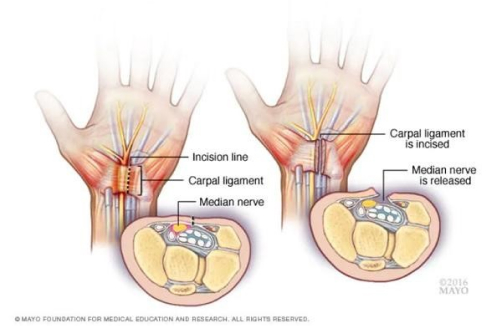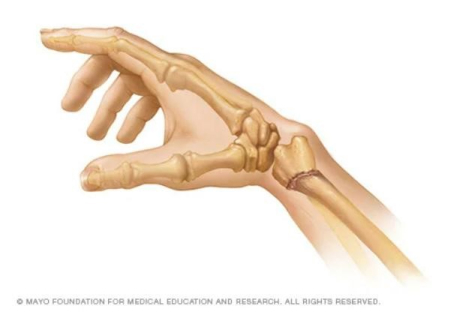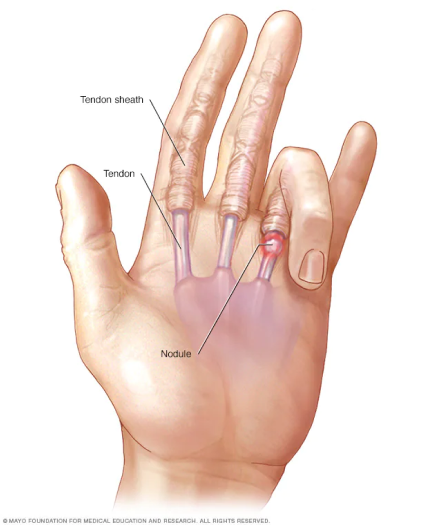About Hand and Wrist
3 common types of hand and wrist injuries and disorders: Carpal tunnel syndrome, Fractures and Dislocation and the Trigger finger.
The hand and wrist are essential for everyday tasks such as writing, typing, and grasping objects. When disorders or injuries occur in these areas, they can greatly impact our ability to perform daily activities. In this article, we will discuss three common types of hand and wrist injuries and disorders: carpal tunnel syndrome, fractures and dislocations, and the trigger finger.

Carpal Tunnel Syndrome
Carpal tunnel syndrome is a common condition that occurs when the median nerve, which runs from the forearm to the hand, becomes compressed at the wrist. This can cause numbness, tingling, and weakness in the hand and fingers. Carpal tunnel syndrome is often caused by repetitive hand and wrist movements, such as typing or using a mouse for long periods of time. It can also be caused by conditions such as diabetes, rheumatoid arthritis, and pregnancy.
Symptoms of carpal tunnel syndrome may include:

Carpal Tunnel Release
During carpal tunnel release, a surgeon makes an incision in the palm of your hand over the carpal tunnel ligament and cuts through the ligament to relieve pressure on the median nerve. The surgery may be done by making one incision on the palm side of the wrist.
Hand & Wrist Fractures and Dislocations
Fractures and dislocations in the hand and wrist can occur due to various causes, including falls, sports injuries, and car accidents. A fracture is a break in a bone, while a dislocation occurs when a bone is displaced from its normal position.
Symptoms of a fracture or dislocation may include:

Colles’ Fracture
The distal radius fracture is one of the most common fractures of the wrist. It usually occurs when people fall on an outstretched hand.
Trigger Finger
Trigger finger, also known as stenosing tenosynovitis, is a condition that occurs when the tendons in the finger become inflamed and make it difficult to bend and straighten the finger. This can cause the finger to become stuck in a bent position and may cause a popping or clicking sensation when attempting to straighten it. Trigger finger is often caused by repetitive hand and wrist movements, such as typing or playing musical instruments. It can also be caused by conditions such as rheumatoid arthritis and diabetes.
Symptoms of trigger finger may include:


